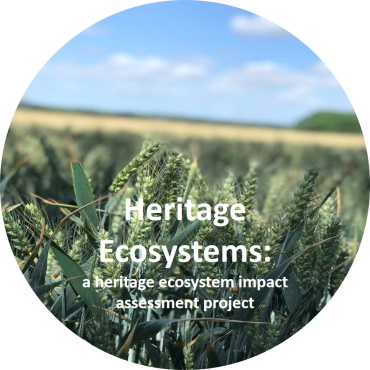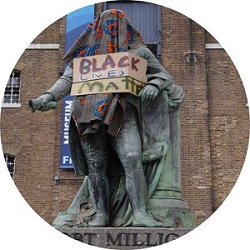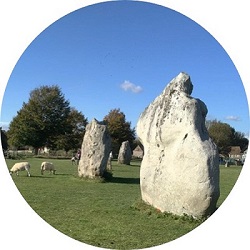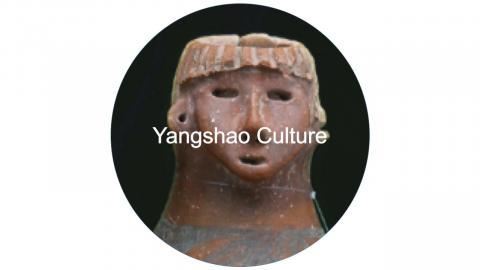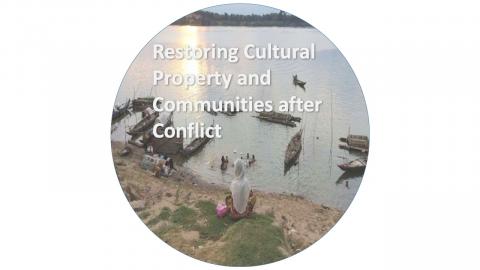Current Research Projects
|
|
|
|
|
Heritage Ecosystems: a heritage ecosystems impact assessment projectThis project, led by PI Dr Dacia Viejo Rose and Co-I Dr Tanja Hoffmann, looks at the relationship between people and place. It works with communities in South Cambridgeshire to devised methods and approaches that can generate Heritage Ecosystem Impact Assessments (HEIA) that consider the role that environments play in generating and sustaining community identities. It works from the premise that heritage ecosystems and intangible heritages, as well as cultural landscapes, work together to construct human relationships with place. This pilot project seeks work with local stakeholders to test and refine a HEIA methodology and provide a summary of anticipated impacts of the proposed East West Rail project to towns and villages in South Cambridgeshire for developers.
|
Recording Decisions and Actions connected with Claims for the Removal/Protection of Statues in UK Civic Places during the Summer of 2020The Cambridge Heritage Research Centre (CHRC) is conducting a six-week data gathering project which will record two dimensions of the on-going debates on the removal of statues in the UK: i) the public debate and actions, and ii) how core institutions are formulating their responses. We aim to record data that will reveal how the rhetoric develops (if it does), what factors affect the rhetoric (i.e. is it responding to critique from grassroots movements, from politicians, or from various spokespersons), and how different statues become drawn into the claims (who instigates this and why). The project is lead by Prof. Marie Louise Stig Sørensen, Dr Dacia Viejo Rose and Dr Liliana Janik.
|
|
Places of Joy: The Role of Heritage After LockdownThe Cambridge Heritage Research Centre (CHRC) is collaborating with University of Southampton and Historic England to carrying out a study on whether visits to heritage sites can contribute to feelings of wellbeing in the period after lockdown. The project seeks to find out:
The project is lead by Prof. Joanna Sofaer (Southampton) and Prof. Marie Louise Stig Sørensen (Cambridge).
|
|
|
|
Yangshao Culture: 100 Year Research History and Heritage ImpactThe Yangshao Culture: 100 Year Research History and Heritage Impact project analyzes the historiography of the Yangshao Culture and its functioning as a heritage icon for the Chinese nation. The Yangshao culture refers to a cultural complex along the Yellow River in what is now central China between 5000 and 3000 BC. The project, led by Prof. Marie Louise Stig Sørensen and Dr Guohua Yang, consists of three strands of analysis, integrated through a final synthesis reflecting on national iconic heritage. The project runs from 2019 to 2024 and is funded by the Beifang International Education Group.
|
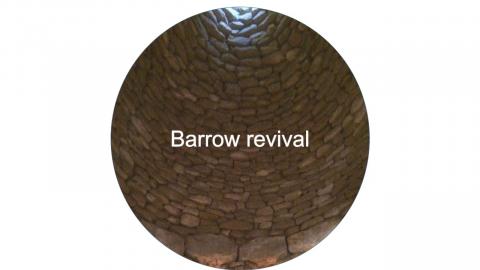 |
The Barrow Revival ProjectThe Barrow Revival Project looks at public attitudes and engagements with newly built chambered tombs which seek to replicate a prehistoric form for the internment of modern cremations. As an ‘embedded researcher’, Prof. Marie Louise Stig Sørensen is following the construction of the Soulton Longbarrow by Sacred Stones Ltd and the involvement of the local landowner, Tim Ashton. The company, formed in 2014, is dedicated to "creating meaningful final resting places for cremation ashes, inspired by the ancient burial mounds of our prehistoric ancestors."
|
|
|
Restoring Cultural Property and Communities after ConflictThis AHRC funded project based at Queens University, Belfast, seeks to develop a theoretical and practical understanding of the relationship between reparations, responsibility and victimhood in transitional societies. CHRC Deputy Director, Dr Dacia Viejo Rose is a co-investigator on the project, her work aims better understand the impact of the destruction of cultural property on the affected communities and explores the practical challenges associated designing meaningful reparations. This research was conducted in partnership with the Documentation Centre in Cambodia (DC-Cam) to explore this question.
|
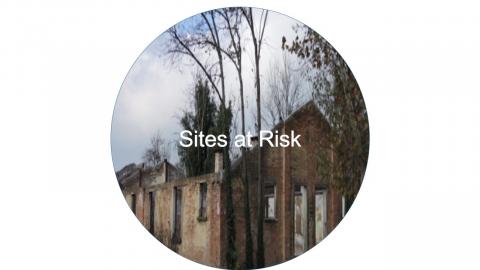 |
Safeguarding Sites: The IHRA Charter for Good PracticeThe project is funded by the International Holocaust Remembrance Alliance (IHRA). This project will identify sites facing challenges and threats – such as through demolition, inappropriate reuse, climate change, decay or threats to site integrity - and develop a charter of good practice to safeguard the record for the future. It brings the IHRA's experts together with international conservation NGOs to develop good practice approaches to the safeguarding of physical, historical sites such as camps, execution sites, mass graves and ghettos. Members of the project core team are: Dr Gilly Carr (UK), Bruno Boyer (France), Ilya Lensky (Latvia), Dr Heidemarie Uhl (Austria), Dr Steven Cooke (Australia), and Zoltan Toth-Heinemann (Hungary). Dr Margaret Comer, Tallinn University, is the project's research assistant.
|
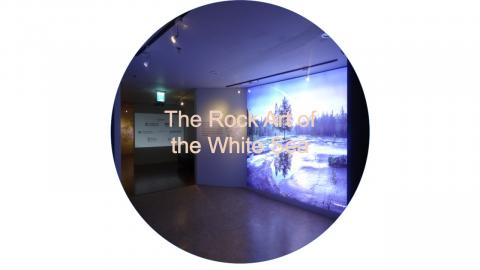 |
The Rock Art of the White SeaThe Rock Art of the White Sea is an international collaborative project initiated in 2008 is led and directed by Dr Liliana Janik (University of Cambridge) and Dr Nadezhda Lubanova (Karelian Branch of Russian Academy of Sciences) has been working on 3D recording, analysing and interpreting of the carvings and their locations since early 2000’s. The project has led to the creation of preservation by record archives of 14 sites of White Sea rock art, and has also investigated heritage aspects of rock art preservation in post-Soviet Russia.
|
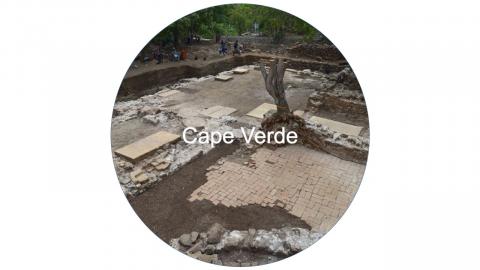 |
Cabo VerdeAt the invitation of a local university and the island's Ministry of Culture's IPC, the CHRC - Chris Evans & Marie Louise Stig Sørensen - have been investigating its early Portuguese town of Cidade Velha since 2006. Founded in the middle decades of the 15th century, and then for some three centuries the Islands' capital, it became a major hub of the Atlantic Slave Trade, with thousands of Africans transhipped each year to the Americas.
|

